By Robert Tate, Automotive Historian and Researcher
Images courtesy of The Henry Ford
Published 10.2.2019
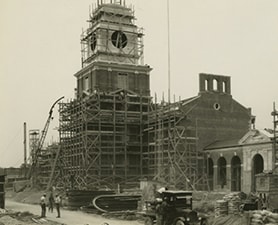 Early construction of the Henry Ford Museum, 1920s
Early construction of the Henry Ford Museum, 1920s
One of the most innovative and spectacular museums in the world is the Henry Ford Museum of American Innovation in Dearborn, Michigan. As an automotive historian, I have always felt that it is one of the best places in the world to see automotive history and enjoy some of the best technology in the world. It’s a place to become inspired by America’s history and witness the progress Americans have made over more than 200 years.
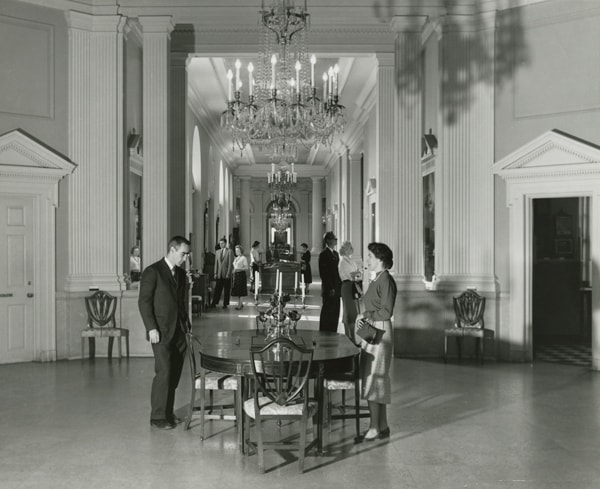 Front corridor of the Henry Ford Museum, 1950s (The Henry Ford)
Front corridor of the Henry Ford Museum, 1950s (The Henry Ford)
Henry Ford founded the museum on October 21, 1929, and the 523,000 square-foot building was designed by architect Robert O. Derrick. From the Model T to the civil rights icon Rosa Parks bus, the Henry Ford Museum highlights a wide range of great exhibits that people from all over the world thoroughly enjoy.
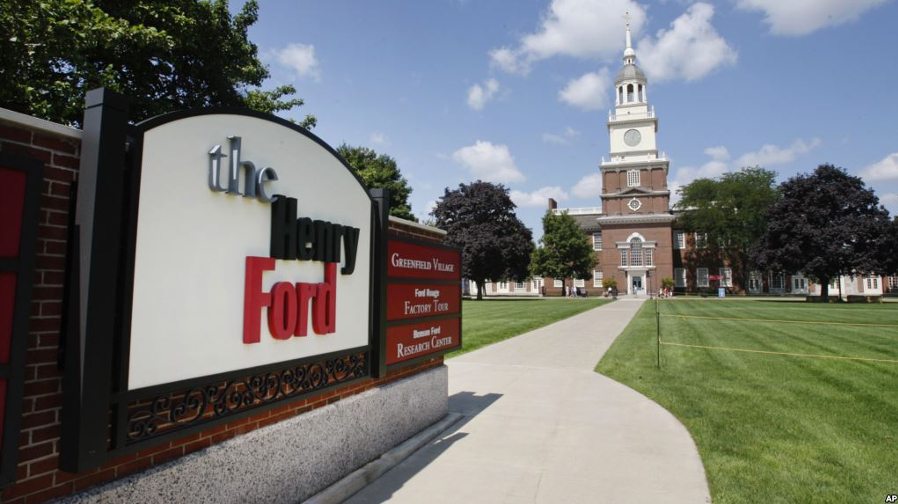 Entrance of the Henry Ford Museum (The Henry Ford)
Entrance of the Henry Ford Museum (The Henry Ford)
According to their website, “The Henry Ford Museum of American Innovation allows you to experience the strides of America’s greatest minds while fully immersing yourself in their stories.” The museum officially opened its doors to the public on June 22, 1933, but some of the exhibits were not completed until the early 1940s.
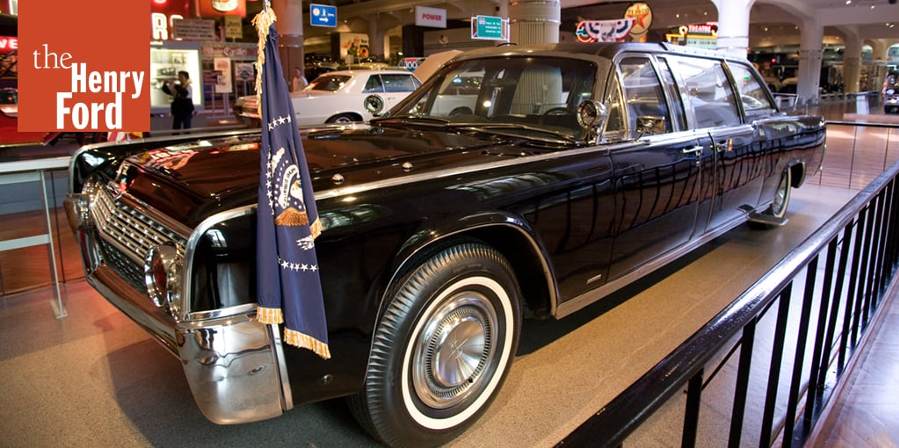 Presidential Vehicle Display (The Henry Ford)
Presidential Vehicle Display (The Henry Ford)
Henry Ford enjoyed collecting “relics,” as he called them, for over a decade before he founded his museum and Greenfield Village. Ford also sent out individuals to help him find and acquire the kinds of artifacts and treasures he felt were important to preserve for exhibits at the museum. By the late 1920s, he had become the foremost collector of Americana in the world.
During the early days, two of Henry Ford’s assistants, Frank Campsall and Charles Newton, were a part of the museum’s development, working on many projects during the 1920s. Collecting policies, procedures, and goals shifted over the decades following Henry Ford’s death in 1947, but the institution’s overall philosophy remained consistent with the vision Ford had set in the beginning.
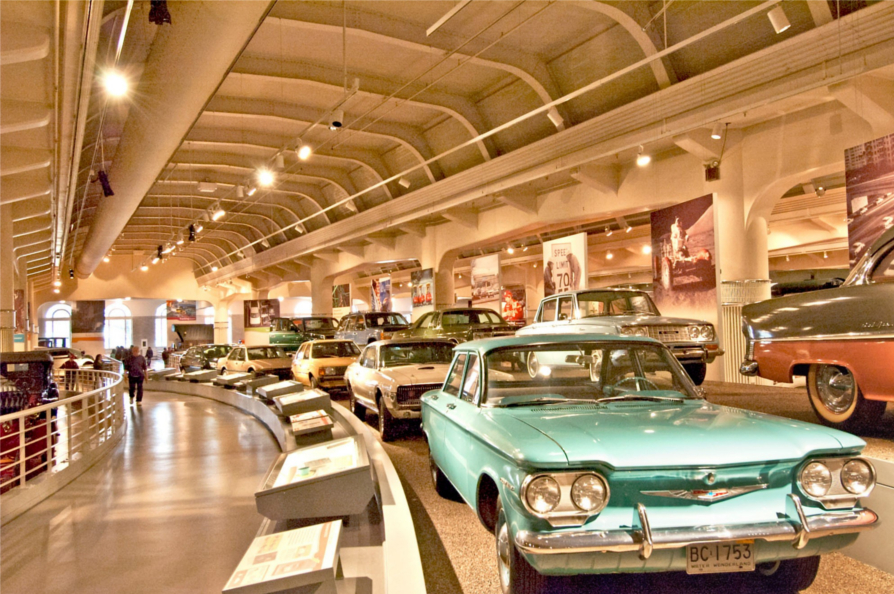 Driving America display featuring a Chevrolet Corvair (The Henry Ford)
Driving America display featuring a Chevrolet Corvair (The Henry Ford)
The museum would come to display many automobiles, including the first 1958 Edsel driven off the assembly line, a great part of auto history. The four-door model represents a turquoise and either Snow White or Frost White color combination. You can also find a great collection of U.S. presidential vehicles.
By the early 1990s, the museum staff decided that its mission statement about America’s change through time was both too oriented toward the past and too inwardly focused on the museum’s own work. In 1992, the staff created a new mission statement with three key words: innovation, resourcefulness, and ingenuity – which still aligned with Henry Ford‘s original vision. According to their website, “these three words shaped and energized collecting -- to encompass such topics as social transformation, modern design, and the stories and objects connected with innovators and visionaries.”
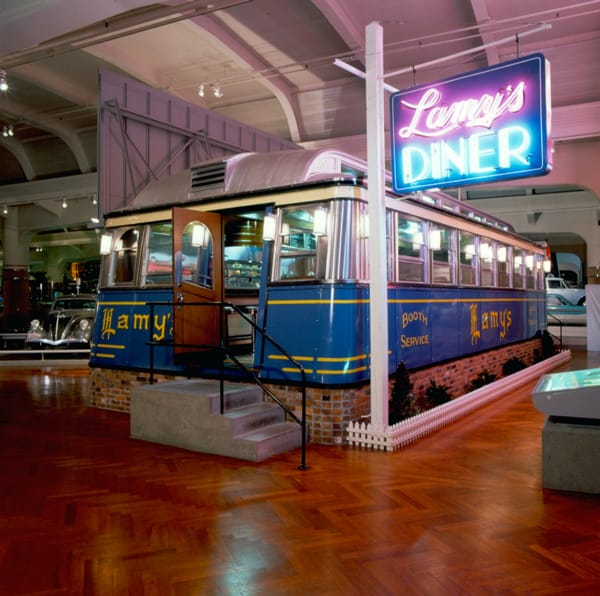 Lamys Diner Display (The Henry Ford)
Lamys Diner Display (The Henry Ford)
In 1979, as the museum approached its 50th anniversary, the vast hall of technology was changed to the “William Clay Ford Hall of American Innovation,” which had undergone a total redesign. “Previous rows of cars spinning wheels ,tractors and other objects were made understandable through better organized displays with uniform labels,” the museum said.
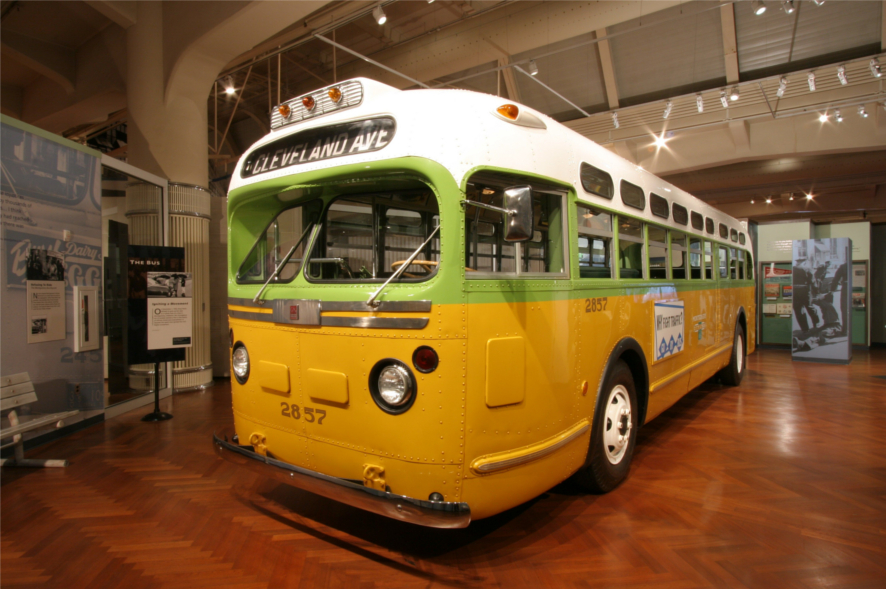 Rosa Parks bus exhibit (The Henry Ford)
Rosa Parks bus exhibit (The Henry Ford)
The museum began a massive digitization effort in 2010. Current staff have used new technology involving conservation, cataloging, photography and, most importantly, scanning thousands of images which are now available online. From digital artifacts to digital stories, American history will always be preserved at the museum.
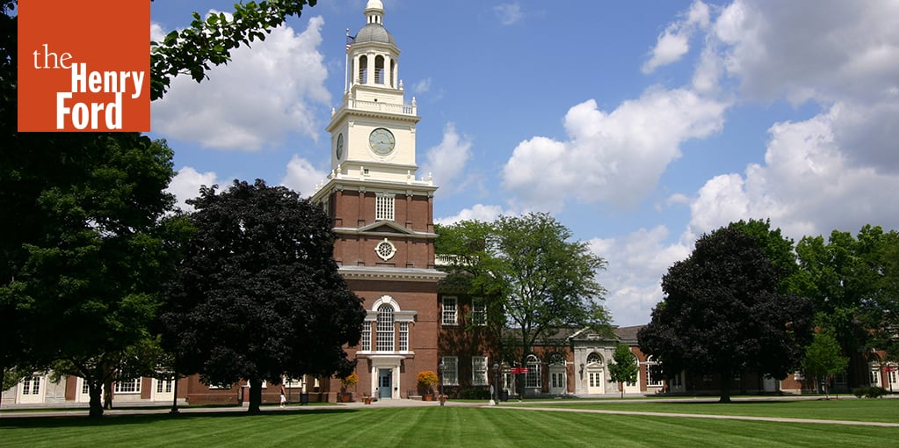 Front view of the Henry Ford Museum (The Henry Ford)
Front view of the Henry Ford Museum (The Henry Ford)
In conclusion, the Henry Ford Museum highlights many historical exhibits that is a part of our history and culture and will continue for many generations to come. It’s a U.S. National Historic Landmark District and a Michigan State Historic Site.
For more information, visit www.thehenryford.org or call 313.982.6001.
Bibliography
The Henry Ford Museum History.



